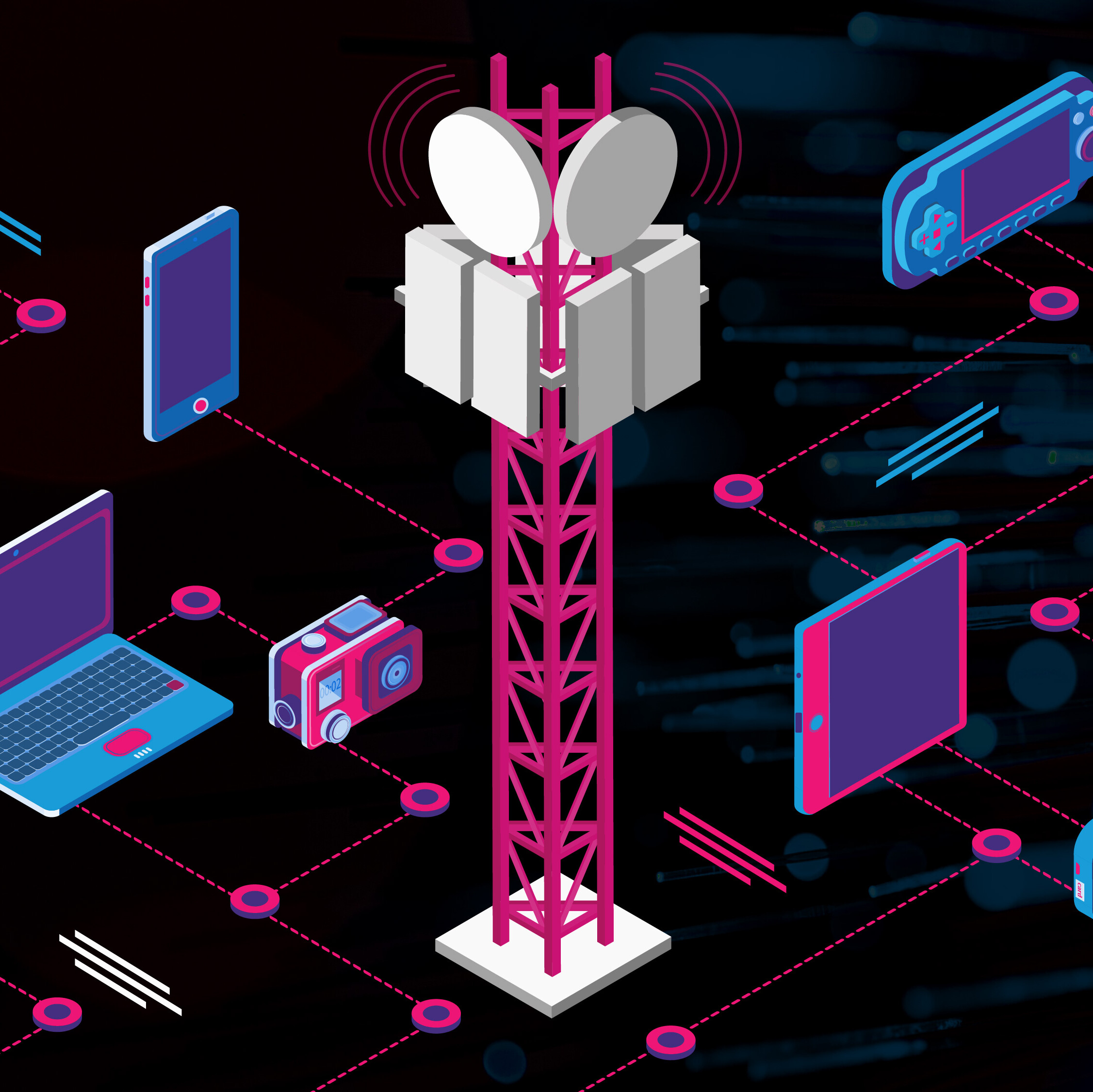What’s in it for you
- Unprecedented access to telecom networks with 5G APIs
- New opportunities for developers
- Research Report summarizes the insights we won in our 5G Early Access Program

What’s in it for you
The advent of the fifth generation of cellular networks (5G) will enable entirely new use cases and enhance customer experiences with existing ones. In the future, network functions will be made accessible through 5G Application Programming Interfaces (APIs), enabling access to telecom networks in ways never before possible. What might be called the “democratizing” of telco networks simply wasn’t possible with network technology prior to 5G.
5G promises to be significantly faster than its predecessors, enabling faster downloads and uploads. Streaming high-quality video, making video calls, and downloading large files will be much faster and smoother. In addition, these new networks are expected to have much lower latency than 4G networks.
This will make real-time applications such as gaming and virtual reality much smoother and more immersive. As a result, 5G is expected to enable a whole new range of applications and services that were not possible before, such as self-driving cars, remote surgery or augmented reality.
APIs, or Application Programming Interfaces, are a crucial component of 5G networks. An API is essentially a set of protocols and tools that allow different software applications to communicate with each other. APIs for mobile networks are being standardized as part of the 3rd Generation Partnership Project (3GPP).

The use of open network functions offers many opportunities. Until now, many functions have been handled by the user's device; with APIs, it will be possible to offload the mobile device. Location is a good example: Today, location must be calculated by our phones. In 5G, this can be done by the network, and with APIs we can extract this data from the network, relieving the phone of this task.
APIs are particularly important in 5G networks because they enable the creation of new services and applications that can take advantage of the speed, low latency, and other benefits of the technology. For example, an API might be used to create a new augmented reality application that leverages the high-speed connectivity of 5G to provide a more immersive and responsive experience.
Integrating telco microservices into their applications is relatively new for developers, which could be due to the technological characteristics of the pre-5G telco network generations. In addition, while everyone has heard of 5G networks by now, most developers probably have only a general knowledge of the technology. Many developers don't even know about network APIs, so a lot of education needs to be done.
This why we created our 5G Early Access Program: To give developers a first look at the technology and at the same time learn what their requirements are – – in line with Deutsche Telekom’s approach of Human-centered Technology Innovation. Our research approach assumes that only if developers can test our APIs themselves, even early in their development, they will be able to provide solid feedback and help us improve. By engaging with the developer community, up to the point where their inputs play an active role in shaping the APIs, we support the creation of awareness and expertise.

Such a connection between the worlds of telcos and developers has not existed before. In the past, services and applications were built on top of the mobile network. The network was the infrastructure layer for the services. There was no connection between these layers, just as toys being transported in containers on railways. Railways and toys have nothing to do with each other.
With an API, the toy manufacturer will have a say in how the train carrying the toys travels. Whether it should go faster, whether it should take more toys, where it is now, etc., and at the same time, the toy manufacturer doesn’t need to know how the train and the railway as a whole work.
Since fully functional stand-alone 5G networks are not yet in public operation, it is not surprising that most developers only have a very general knowledge of the technology. They lack a comprehensive understanding of how 5G works and how a standalone network differs from what is available today.
Therefore, the main primary motivation for participating in the 5G Early Access Program was to achieve market readiness and have a competitive advantage once 5G standalone networks will be deployed. The 5G Early Access Program helps participants better understand the specific benefits and advantages 5G can give to different industries and identify the technological requirements for specific use cases to work with.
One example is Enfore, a company which provides cash register solutions for large open air events such as festivals which can be synchronized in real time with the cloud. In this use case, the impact of 5G APIs would be immediate, primarily in terms of cutting costs and time saving. While Enfore currently needs to bury up to 70 km of wire to connect their cash registers, introducing QoD APIs would not only save money, but also a lot of time, as the digging and set-up process usually takes 2−3 weeks.

We summarized the insights we won in the 5G Early Access Program in our Research Report which is available for download here.